
Every year, Semrush releases their state of content marketing report. After downloading a copy (you should too!), I am happy to report that the state of content marketing is strong.
One proof point: 69% of content marketers plan to increase their marketing budgets for content this year. The report provides a snapshot of the top content marketing trends and tips on how to build a successful content strategy. I was honored to include one of the key trends we’re seeing in content marketing. And look forward to sharing that with you below.
But first, some highlights:
- 66% of companies that succeed in content marketing document their content marketing strategy
- 55% of companies that succeeded in content marketing are achieving growth by publishing more
- 38% of businesses struggle with finding content resources and 48% outsource content marketing
- 76% say the recession isn’t having much impact on their content marketing efforts
According to the report, the solution to an effective content marketing program lies in the following:
- Researching your audience (according to 47% of respondents)
- Focusing on SEO (46% of respondents), and
- Creating more consistent content (45% of respondents) based on an annual content marketing strategy.
- Updating or refreshing old content (42%). This is one of our favorite tactics too!
My Content Marketing Trend
I have always believed that content marketing should deliver measurable outcomes. That starts with traffic and search visibility / rankings. In fact, we use the Semrush Visibility Tracker to show results for all our clients.
Here’s a few examples:
Healthcare Technology Company
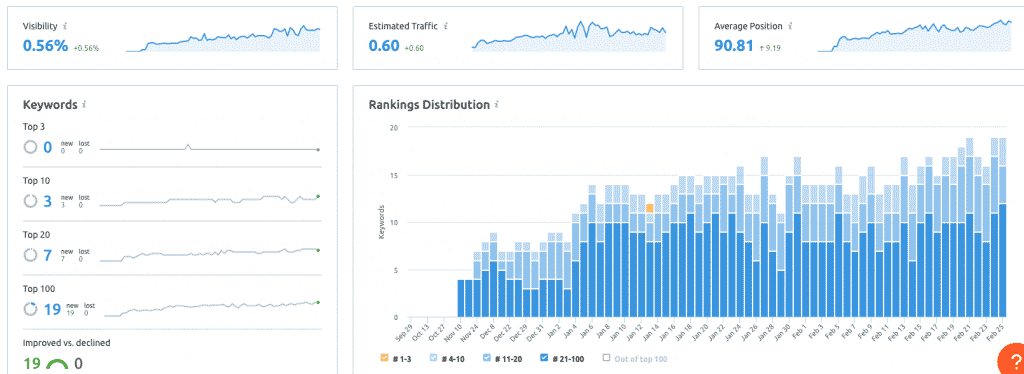
Marketing Technology Company
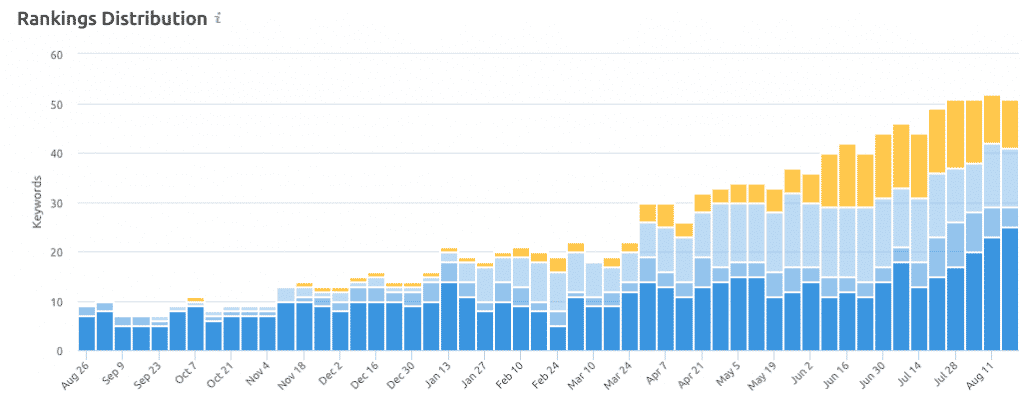
We help to deliver these results for new clients through an annual content plan and weekly blog articles.
We are also bug fans of updating old content. Here’s an example of one of our oldest clients and the results they see from a combination of new and updated weekly content:
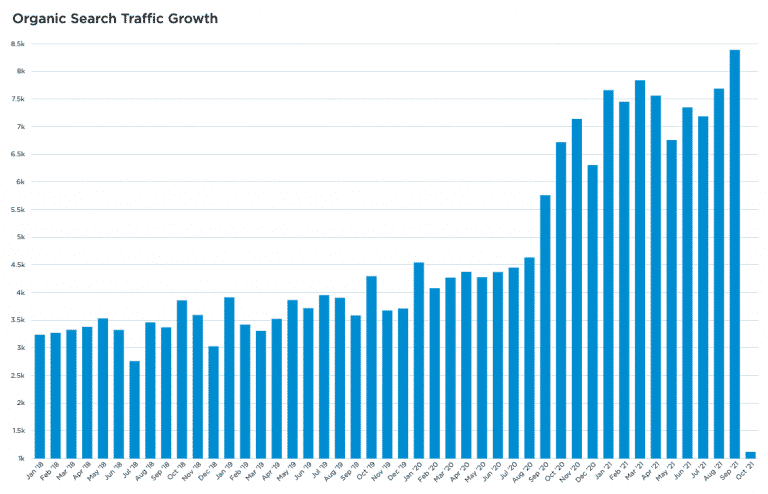
This works because we look for pages that previously ranked or have declining search traffic. And we give them a little content refresh, updated publish date, and a little social boost.
And this is how we’ve grown from nothing to getting nearly 1 million page views a month and ranking for nearly 100,000 keywords:
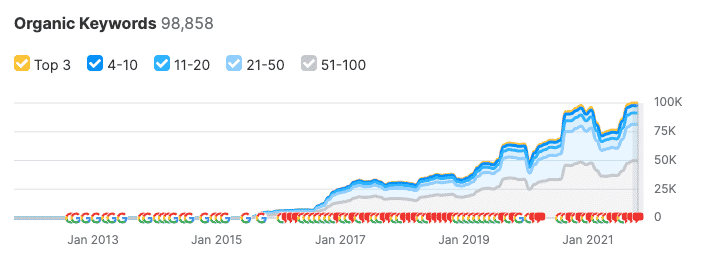
We mix in fresh and refreshed content in our weekly content publication schedule. We publish 2 original, keyword-focused articles every week, followed by 2 refreshed articles from our library of over 1,500 published articles.
But in the end, we have to show content marketing ROI in the form of leads, pipeline and booked revenue. Our case studies are filled with success stories that include 7x ROI ($700k in revenue on $100k budget). double and triple the leads. 60% higher close rates on inbound leads from blog content.
My 2023 Content Marketing Prediction
With Semrush’s permission, here is my 2023 content marketing trend prediction.
2023 will be a year of getting back to the basics of content marketing. Paid ads and social media account for less than 10% of B2B website traffic, leads, or sales. The number is less than 20% even for e-commerce.What is the largest and most effective source of marketing ROI for brands in every industry ranging from technology to manufacturing, from non-profits to pharma? Organic search and referral traffic generated by content marketing!In times of economic uncertainty, brands are going to cut ineffective ad spend, stop tinkering with TikToks and focus on being smarter with their marketing budgets. The basics of content marketing such as SEO-driven planning, creative storytelling, consistency above all, and ROI measurement will become hot topics once again. We’ll align with sales (on the B2B side) and with brand (in B2C) to determine what outcomes they need most. And then we’ll map a content marketing strategy to business ROI.To read this and more from Semrush State of Content Marketing Report, click here.
This trend is backed up by the report’s Number 1 goal for content marketing: get more traffic (46% of respondents).
Content Marketing Trends for 2023
Every year, I wrote about 10-12 content marketing trends every business should be following. The 3 main ones I want to highlight:
1. The Resurgence of Content Marketing
In the past, new company startup founders and B2B SaaS marketers would first consider buying social media ads in order to grow their business. “We need to be on Tiktok,” they would think. Or, “we need to hire a social media intern.” And sometimes they would ask “what is content marketing?”
Now, we are seeing them return to the value of content marketing after learning that no one buys much of anything from social media. In fact, Google themselves told us that content marketing is the best way to rank for buyer search terms. Further, industry research confirms that spending on content marketing is projected to grow by double digits in 2022.
2. AI-Generated Content
While we believe that there are plenty of efficient ways to automate content marketing, the promise of AI-generated content remains far off. We do tap into some AI-driven content marketing strategies and AI-driven content promotion for clients. But in the future, we do believe AI will begin to force us to reconsider what we create and why.
We have tested a few AI-generated content services and have been disappointed in their ability to create quality blog content or long form articles that is anything close to the level of quality required for ranking in search or meeting audience expectations. In short, do not take the short cut of using AI to create content. But certainly use it as a tool to inform your strategy.
For now, we will have to face what I call “The Paradox of AI:” The more the robots tell us what to do, the more we will need real people (employees and customers) to create and share that content. Which leads us to my final big 3 prediction for content marketing this year.
3. Employee Activation
With the need for more human, authentic and thought leadership content, brands will continue turning to executives, employees, experts, and customers to create more and more content that helps buyers.
I get by with a little help from my friends. So feel free to check out one of my top posts from a few years back on content marketing predictions from 20 experts in the industry where you’ll hear about:
- content marketing technology scaling
- video marketing trends
- podcasting is the next big thing
- backlash, resistance to content marketing
- acceptance of content marketing
- how content marketing scales
- moving from content to experiences
- content marketing aligning better with sales
- cross-enterprise content marketing coordination
- brand storytelling
- amplification and content distribution
- personalization
- buyer alignment and customer journeys
- content merging with media and data
- content working better than ads
These content marketing predictions are few years old but I think it’s very interesting to see how the predictions have held up (or not) over the last few years.
Are you interested in engaging and converting new customers for your business using the most important digital marketing trend: consistent and quality content? Check out our weekly blog content service. Get started today and generate more traffic and leads for your business.
The post My Prediction for Content Marketing in 2023 appeared first on Marketing Insider Group.


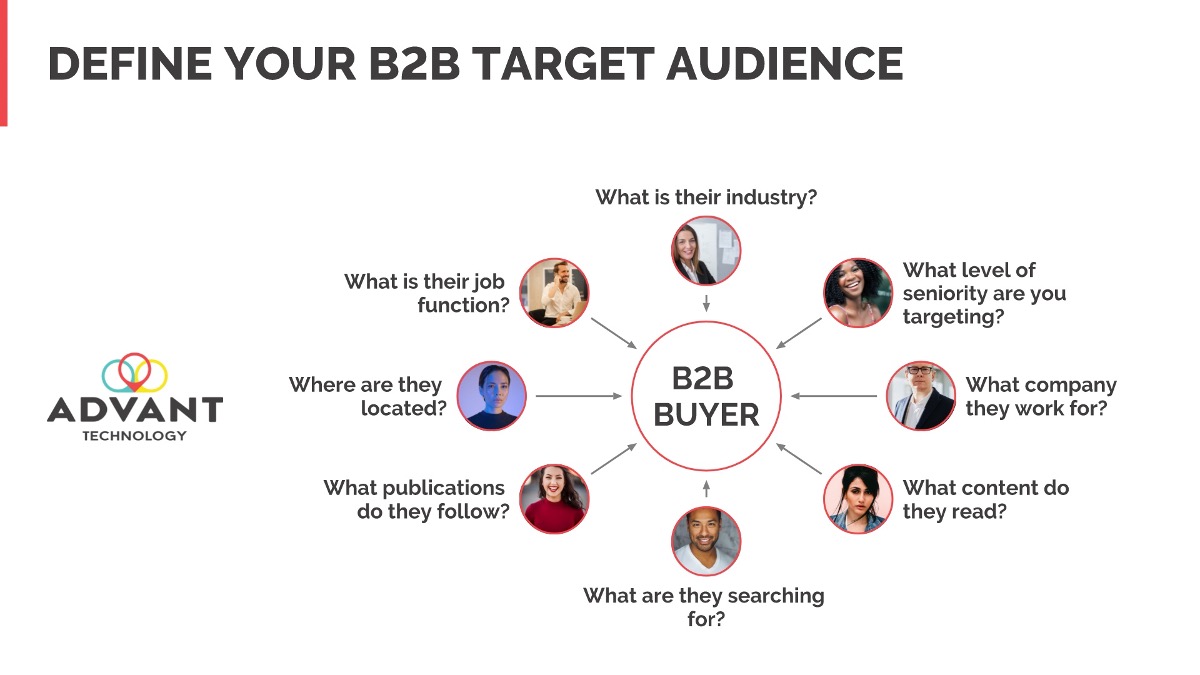
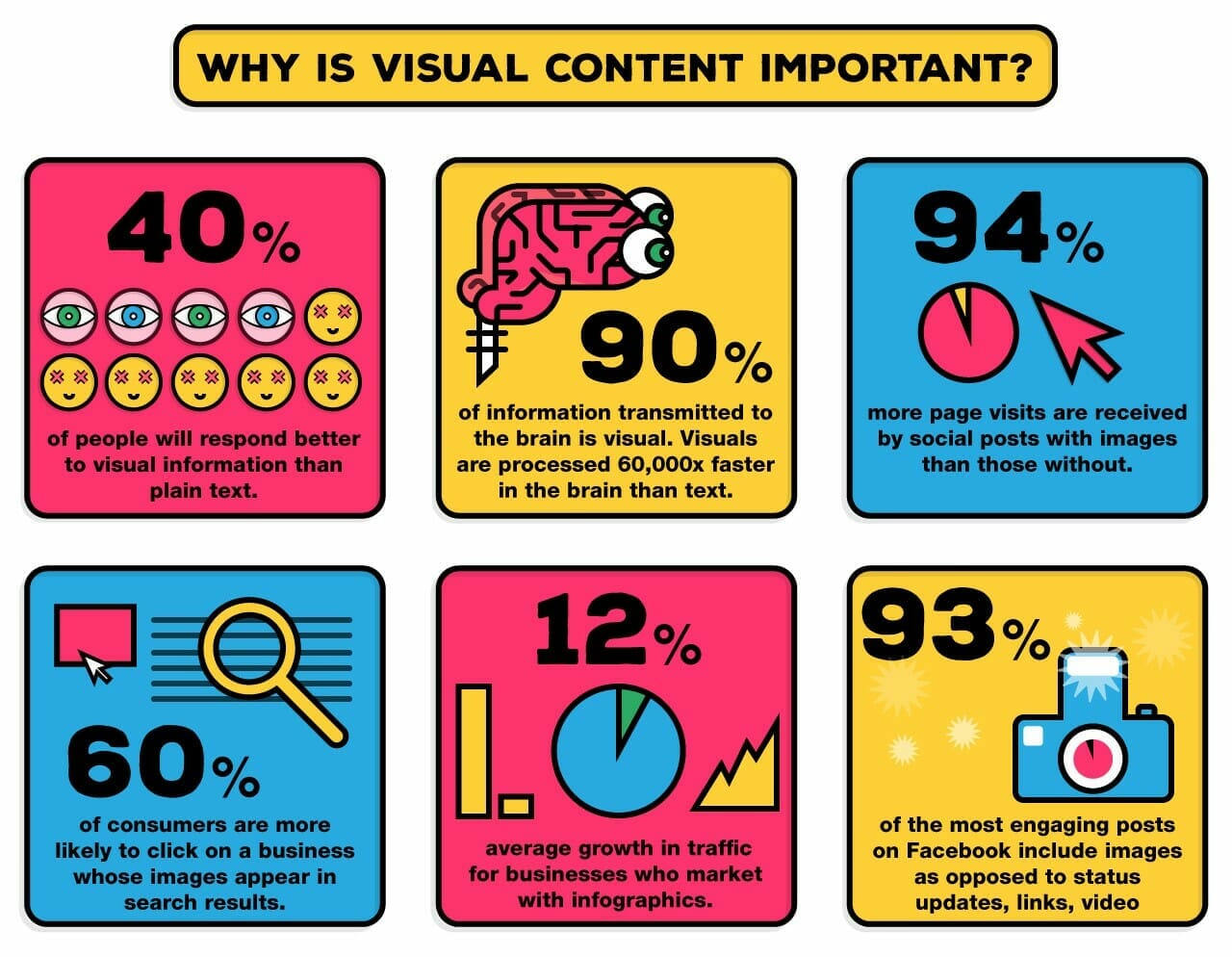
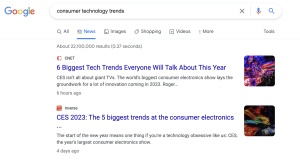
![INFOGRAPHIC] How Research Enables the Growth of B2B Sales | Business Brainz](https://www.sydneysocialmediaservices.com/wp-content/uploads/2023/02/How-Research-Enables-the-Growth-of-B2B-Sales.png)



 PS – We actually use a form of this on our website to display different offers using a wordpress plug-in called AdRotate.
PS – We actually use a form of this on our website to display different offers using a wordpress plug-in called AdRotate.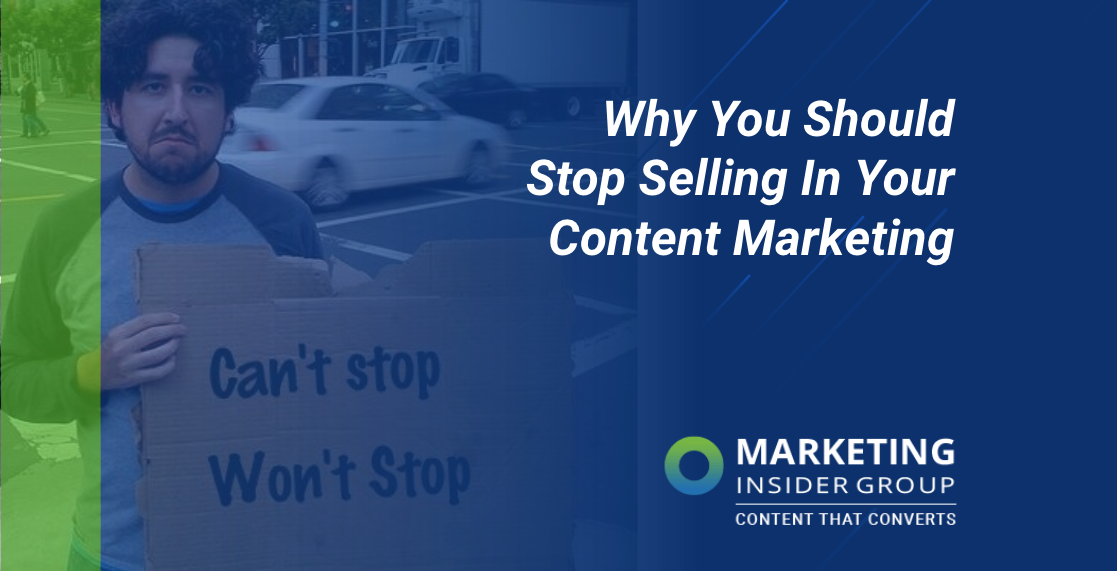
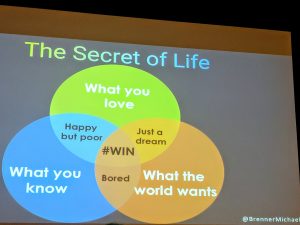 I have often said that content marketing is the overlap between what brands know and what buyers ask.
I have often said that content marketing is the overlap between what brands know and what buyers ask. Content today must compete with pictures of babies and kittens and puppies. If you want your content to be seen, read and shared, it has to be helpful, educational, or entertaining content.
Content today must compete with pictures of babies and kittens and puppies. If you want your content to be seen, read and shared, it has to be helpful, educational, or entertaining content.